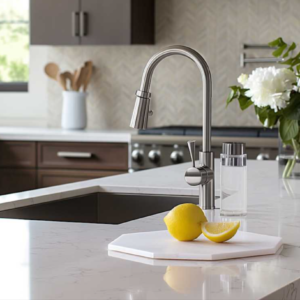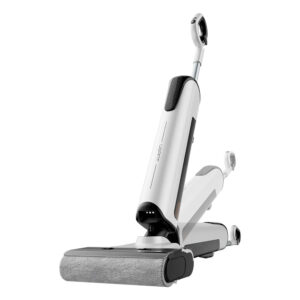Smart water Australia management systems can help us preserve water in numerous ways. Water scarcity will affect about 20% of people by 2025. Smart water systems based on a combination of big data, the Internet of Things, and AI technologies can slow these things from happening. It can undo some of the damage that has already been caused by humans.
Smart management of water
Smart management requires the integration of a complex of measures and systems to monitor, regulate and control the quality and usage of water resources as well as maintain the associated pieces of equipment. There is a wide range of software and hardware instruments. These include meters, sensors, visualisation tools, and data processing tools.
Modern smart technologies for water management
Smart technology brings improved control and transparency to the whole supply chain of water – starting from the water reservoir to the collection of wastewater and recycling of wastewater. This category includes the Internet of Things, software tools and systems that optimise the production of water, distribution of water and water consumption and enables water treatment practices.
Using sensors
Sensors can be used in the smart management of water due to their great purposes and diversity. Sensors measure the quality of raw catchment water, changing quality in storage reservoirs, wear of the machinery and equipment that process water and distribute it to end users and pressure on the pipes in distribution pipelines. Using the data collected by the Internet of Things water sensors can help managers receive important insights into the ever-changing conditions of water resources.
Monitoring systems and smart meters
Smart meters and monitoring systems are some of the most important smart water solutions. Smart meters and water monitoring hubs allow real-time measuring of water consumption. They help identify excessive usage and waste points and correct usage patterns. They help make predictions for future water consumption. This technology is very useful for water production and distribution managers. Using smart meters and monitoring systems can correct water consumption routines and reach budgeting and sustainability goals.
Automated water distribution systems
More companies are switching to fully automatic management practices. Distribution systems can use environmental sensors and machine learning algorithms to regulate and control water supply. Sprinklers provide enough water during irrigation depending on the reads from air humidity, soil moisture and the crop condition sensors.
Objectives of water management
The main objective of water management is sustainable and reasonable usage of water resources. Increasing environmental issues, growing population and pressure on the agriculture sector make water a precious asset. Water management technologies pursue the following objectives:
Improve water quality
Water management technologies prevent water contamination by natural pollution and chemical waste. Companies use the Internet of Things and sensors for real-time control and monitoring.
Enhance the water systems’ efficiency
Smart water Australia management technologies enhance the efficiency of systems such as treatment plants, water collectors, distribution mains and wastewater treatment and recycling centres. Using data and Internet of Things solutions for asset management help companies to keep important measurements at hand and avoid breakage and downtime. Companies are also able to integrate maintenance.




